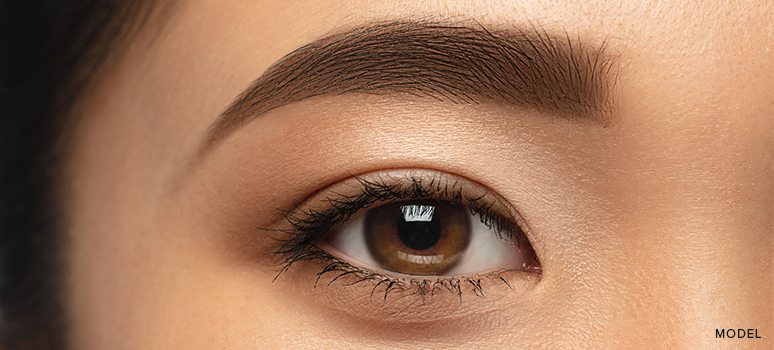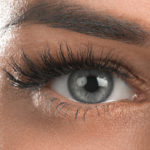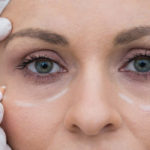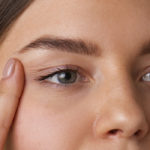Blepharoplasty Recovery Time: Anticipating the Aftermath of Eyelid Surgical Intervention
Memorial Plastic Surgery is steadfast in delivering exceptional care and service to patrons seeking blepharoplasty, colloquially known as eyelid surgery. In this article, we will discuss the postoperative course after a blepharoplasty.
Grasping Blepharoplasty
Blepharoplasty, refines the aesthetic of eyelids by excising redundant skin, adipose (also known as fat) tissue, and muscle. It can improve drooping upper eyelids, mitigate under-eye bags, and help with the sagging of lower eyelids. This culminates in a rejuvenated and youthful look around the eyes.
The Importance of Recovery
The recovery phase assumes a pivotal role in shaping the overarching success and aftermath of the blepharoplasty. A meticulous adherence to the post-operative directives of your surgeon is imperative, ensuring a seamless recovery while mitigating any possible complications. Familiarizing oneself with the recovery timeline can help expedite recovery.
Initial Postoperative Period
Immediate aspects of recovery include edema (swelling), possible bruising, and minor discomfort or soreness. Your surgeon may prescribe analgesics to help with any discomfort. Keeping your head elevated and not partaking in strenuous activities will help improve the edema.
Recovery Phase
Throughout the first week of recovery, there are things that can help expedite healing. The following is a list of things to anticipate:
- Edema and Ecchymosis
The prevalence of edema (swelling) and ecchymosis (bruising) in the periorbital region is commonplace following blepharoplasty. The intensity and duration of these can be variable among individuals. While the edema and ecchymoses will improve with time, this can be hastened with gentle application of ice packs.
- Post-Surgery Care Plan
Specific guidelines pertaining to incisional care will be given by your surgeon. Maintaining cleanliness and dryness of the incision sites is imperative to prevent infections. Delicate cleansing with saline solution and application of prescribed ointments or creams may be recommended.
- Limited Activities
The first week necessitates a refrain from activities imposing strain or pressure on the ocular region. This encompasses abstaining from vigorous exercise. A strict adherence to the surgeon’s guidelines pertaining to physical activity restrictions is imperative.
Weeks 2-4: Continued Recovery
Advancing into the second and third weeks of recovery, a gradual improvement in eyelid appearance ensues. It is paramount to bear in mind that recovery is an incremental process, subject to individual variability.
- Lingered Edema and Ecchymosis
While the majority of edema and ecchymosis abates within the first week, residual edema may endure for several weeks. This is within the realms of normalcy and is anticipated to resolve gradually. Application of ice compresses and sustained elevation of the head aids in diminishing edema during this phase.
- Resumption of Routine Activities
By the second or third week of convalescence, the majority of patients can safely recommence occupational duties and resume exercise-related activities. Cautionary measures persist, urging refraining from activities that may strain the eyes or induce trauma to the surgical site.
- Solar Safeguarding
Shielding the eyes from solar exposure is imperative throughout the recovery phase. Ultraviolet exposure has the propensity to prolong edema and heighten complications’ risks. Using sunglasses and a wide-brimmed hat during outdoor activities, especially in peak sunlight hours, is strongly advised.
- Extended Recovery
While substantial improvements may be perceptible within the first month of recovery, the full recovery may extend over several months. Pertinent considerations during this time period include:
- Scar Formation Considerations
Incisions resultant from blepharoplasty are adeptly concealed within the natural eyelid creases. Over time, scars tend to fade, rendering them inconspicuous. Adherence to the surgeon’s directives regarding scar management, inclusive of the application of silicone-based scar remedies or sheets, is imperative.
Final Outcome Assessment
The final outcomes of blepharoplasty will be seen gradually as edema fully subsides, and tissues acclimate to their new place. The full spectrum of benefits may materialize over several months.
At Memorial Plastic Surgery, our skilled surgeons are experts in blepharoplasty, or eyelid surgery. Contact us today to schedule a consultation and take the first step towards revitalizing your eyelids and enhancing your appearance.
*This blog is created and maintained for informational purposes only. The images present may not accurately reflect actual cases per individual. Individual cases are unique, and the descriptions and solutions will vary per patient.






